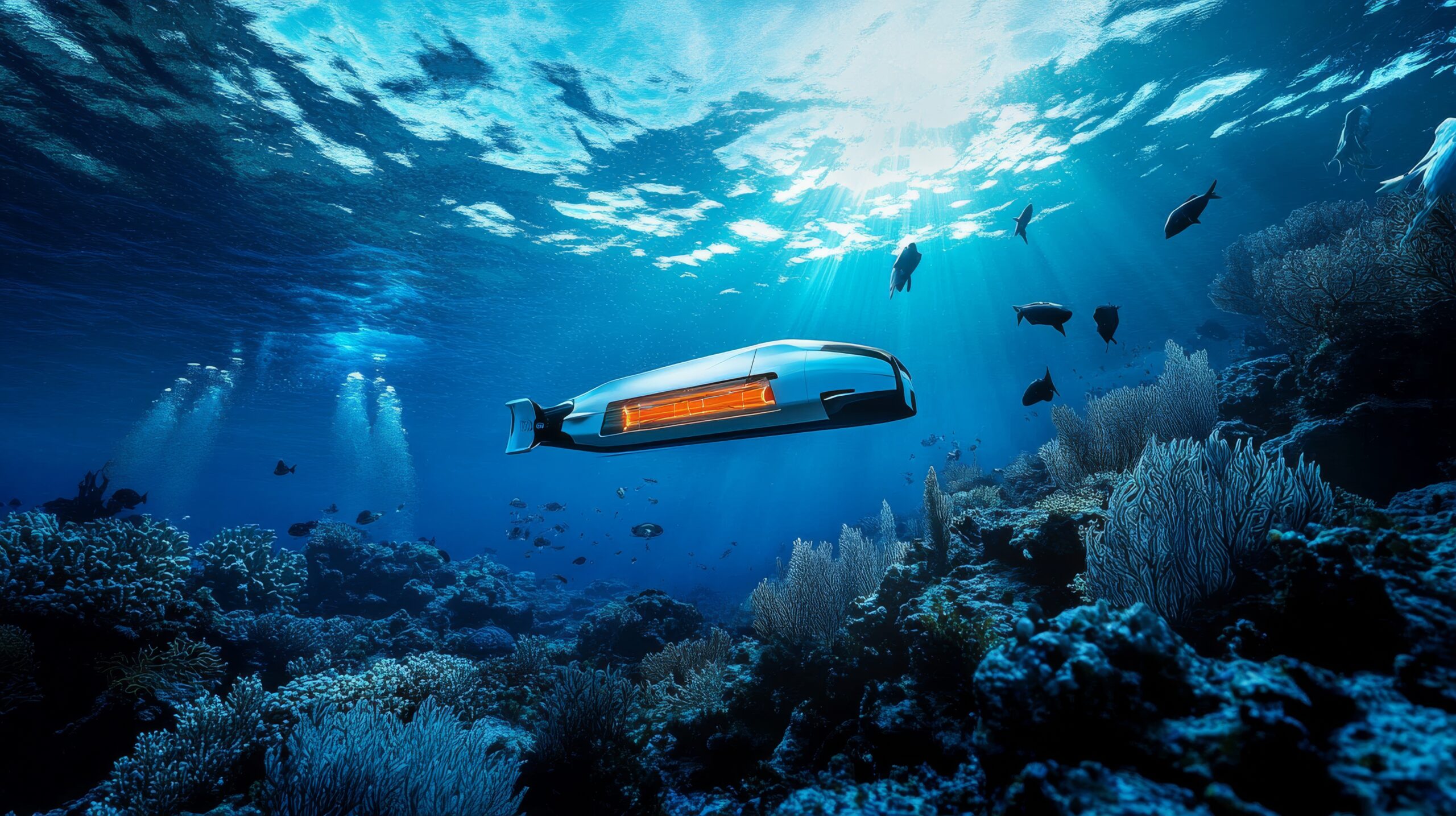When I first started working in marine technology, most of the data we used came from outdated reports or short research expeditions. We’d try to make sense of changes in the ocean by looking at snapshots taken months, or even years, apart. It was like trying to predict the weather based on what happened last summer. As someone who grew up near the Atlantic coast in Nova Scotia, I knew we could do better.
Today, thanks to advances in real-time ocean monitoring, we finally can. Sensors, satellites, autonomous vehicles, and artificial intelligence are giving us a live feed of what’s happening in our seas. From water temperature and current shifts to species movement and pollution levels, we now have access to more accurate, up-to-date data than ever before.
But collecting data isn’t enough. The real challenge—and opportunity—is turning that data into action. We need to bridge the gap between what we know and what we do. And that’s where smarter policy decisions come in.
Why Real-Time Data Matters
The ocean is constantly changing. Storms develop quickly. Fish migrate in response to temperature shifts. Pollution spreads through currents. To respond effectively, we need information in the moment—not after the fact.
Real-time monitoring allows us to detect problems early, respond faster, and make more informed choices. For example, if a harmful algal bloom is detected near a shellfish farm, real-time alerts can prevent contaminated harvests and protect public health. If overfishing is happening in a specific area, dynamic data can trigger immediate conservation measures.
This kind of rapid response is only possible with continuous, accurate data. It changes the way we think about ocean management—from slow, reactive policies to fast, adaptive strategies.
Building the Technology
At Blue Horizon Technologies, the company I founded, we focus on developing tools that make this kind of real-time monitoring possible. We use a combination of underwater sensors, remote sensing, and AI to collect and analyze ocean data around the clock.
One of our key projects involves AI-powered tracking of fish populations. By monitoring water conditions, migration patterns, and fishing activity, we can help governments and industries set smarter quotas and avoid overfishing. The goal isn’t just to protect marine life—it’s to make the entire seafood industry more stable and sustainable.
We’re also working with partners on coastal monitoring systems that can alert communities to flood risks, oil spills, or sudden changes in sea level. These systems combine sensor data with predictive models to give people time to prepare and respond.
This is the kind of technology that turns data into something useful—something that helps guide real decisions, not just research papers.
Smarter Policy Starts with Better Information
One of the most frustrating things I see in ocean policy is how often decisions are made without solid, current data. Too often, rules are based on outdated studies, political pressure, or incomplete understanding of the marine environment.
Real-time monitoring changes that. When policymakers have access to fresh, accurate data, they can make better choices. They can see what’s working and what’s not. They can adjust regulations based on what’s actually happening in the water—not just what’s written in a five-year-old report.
For example, some countries are starting to use real-time data to create dynamic marine protected areas. These zones shift based on where sensitive species are located at any given time. Instead of drawing a fixed boundary on a map, managers use data to protect the areas that need it most—when they need it.
That kind of flexibility would’ve been impossible a decade ago. Today, it’s becoming the new standard.
Closing the Gap Between Science and Policy
Of course, having the data is just the first step. We also need to make sure it reaches the right people, in the right way. That means improving communication between scientists, tech developers, and policymakers.
Too often, valuable data gets stuck in research institutions or behind complicated dashboards. If decision-makers can’t understand or access the information, it doesn’t help anyone.
That’s why I’m passionate about creating tools that are both powerful and user-friendly. Data needs to be clear, actionable, and relevant. Whether it’s a fisheries officer deciding on catch limits or a mayor planning coastal infrastructure, they should be able to see what’s happening and why it matters—without needing a degree in data science.
It’s also why education is so important. We need to train the next generation of leaders to be fluent in ocean data and technology. The better we understand the systems we’re managing, the more effective our policies will be.
The Role of Collaboration
None of this works in isolation. Real-time monitoring depends on strong partnerships between governments, industry, academia, and communities. It also requires a shared commitment to transparency and accountability.
One of the best examples I’ve seen is a joint effort between local fishers, environmental groups, and regulators. By sharing data and working together, they were able to reduce bycatch, increase fish stock health, and maintain economic stability. It wasn’t easy—but it worked, because everyone was using the same information and had a seat at the table.
That’s the future I believe in. A future where data isn’t just collected—it’s shared, trusted, and used to make things better for both people and the planet.
Final Thoughts
Real-time ocean monitoring is one of the most powerful tools we have for protecting the sea and improving the way we manage it. But technology alone isn’t the answer. We need to turn that data into action. We need leaders who are willing to listen to the science, adapt quickly, and make decisions based on what’s happening now—not what happened years ago.
As someone who’s dedicated my career to marine technology and conservation, I believe this is one of the most important shifts we can make. The ocean doesn’t wait. And if we want to keep it healthy—for ourselves, for future generations, and for the industries that depend on it—we can’t wait either.
From data to action, the time to move is now.
